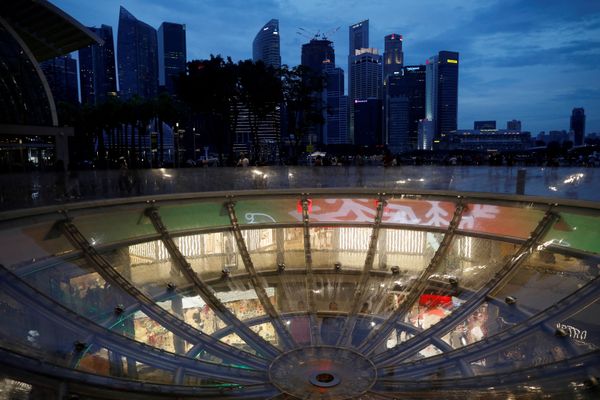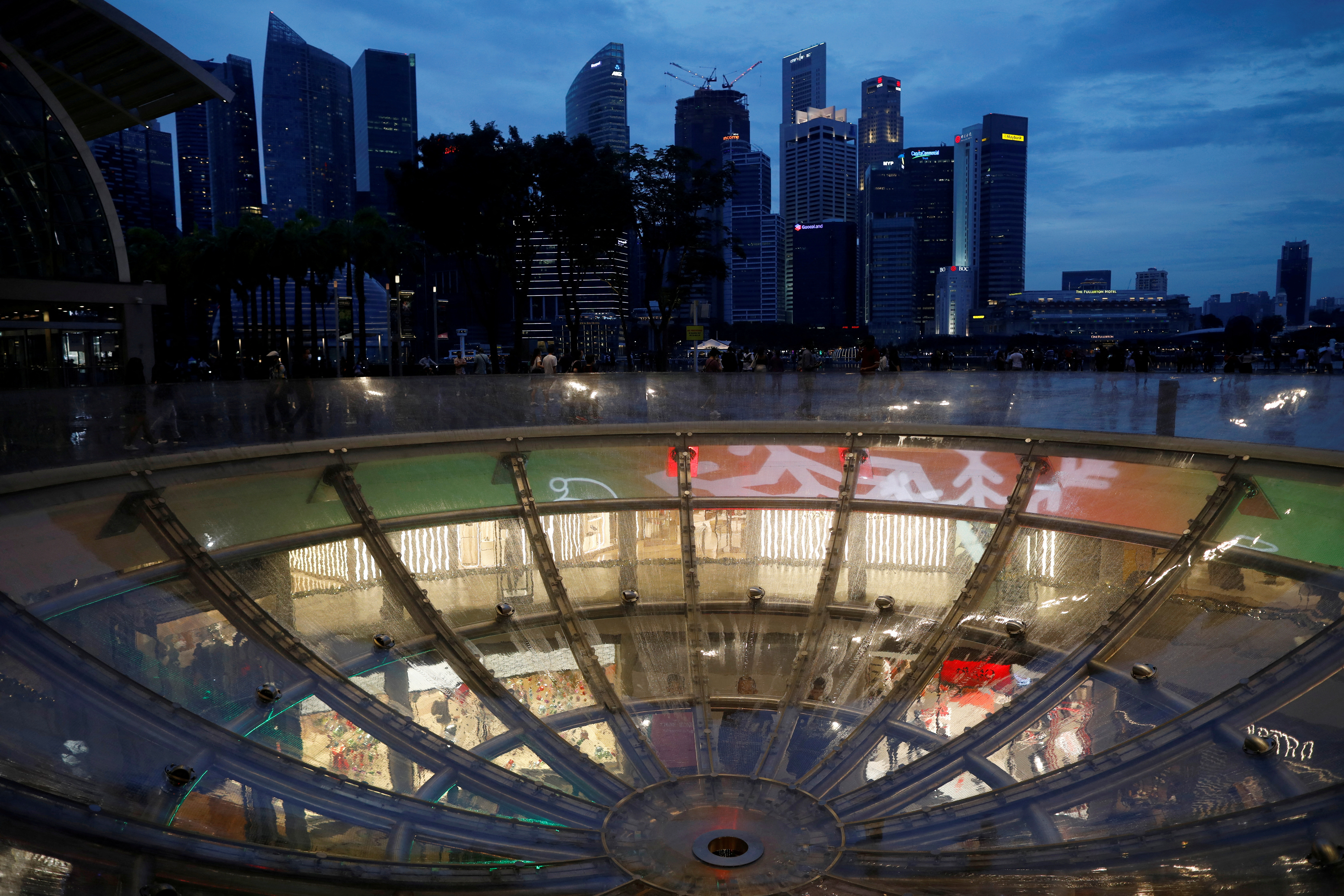SINGAPORE, Aug 12 — Singapore’s economy grew slightly faster than initially estimated, prompting the government to upgrade the city state’s growth forecast for this year even as it warned of downside risks.
The gross domestic product (GDP) rose by 4.4 per cent year-on-year in the April-June quarter, government data showed today, just ahead of an advance estimate of a 4.3 per cent gain released last month.
The Trade and Industry Ministry raised its GDP growth forecast for 2025 to 1.5 per cent to 2.5 per cent from 0 per cent to 2 per cent, saying it largely reflected a better-than-expected first half performance. In April, the ministry cut its forecast from 1 per cent to 3 per cent after the United States announced its plans for global tariffs.
“However, the economic outlook for the rest of the year remains clouded by uncertainty, with the risks tilted to the downside,” it said in a statement.
On a quarter-on-quarter, seasonally adjusted basis, the GDP rose by 1.4 per cent in the April-June period, in line with the advance estimate and following a 0.5 per cent contraction in the first quarter.
Bank of America economists said that the lower end of the GDP growth forecast of 1.5 per cent looks highly improbable and implies a very sharp technical recession from July to December, amounting to a 1.5 per cent contraction in each quarter.
They added in a note that the upper end of the forecast of 2.5 per cent implies a growth slowdown of about 0.4 per cent between the second quarter and the fourth quarter of this year.
“The 2 per cent to 2.5 per cent range thus seems most probable, and we likewise see upside risk to our forecast (of 1.8 per cent),” they said.
At a press briefing today, Monetary Authority of Singapore chief economist Edward Robinson said the central bank’s monetary policy stance remains appropriate after accounting for factors that affect Singapore’s domestic growth and inflation outcomes.
“I would also add that a gradualist approach under conditions of uncertainty is useful as we update our assessment in a timely manner at our quarterly reviews,” he said.
In a separate statement, Enterprise Singapore said it was keeping its forecast for non-oil exports at growth of 1 per cent to 3 per cent this year, saying it expected some weakness in the second half after a stronger-than-expected start to 2025.
“In general, as frontloading activities taper and reciprocal tariffs resume from 7 August 2025, these could weigh on global economic activity and trade,” it said in a statement.
Despite having a free-trade agreement and running a trade deficit with the US, the wealthy financial hub has still been slapped with a 10 per cent tariff rate by Washington.
US President Donald Trump has also said he would impose a tariff of about 100 per cent on imports of semiconductors, with an exemption for companies that are manufacturing in the US or have committed to do so, and a tariff on pharmaceutical imports that would rise to 150 per cent within 18 months and eventually to 250 per cent.
Figures from a central bank report show pharmaceuticals made up 12.3 per cent of the city-state’s exports to the US last year, while semiconductors accounted for 1.6 per cent of shipments and other electronics and semiconductor equipment made up 15 per cent of exports to the US.
There will also be indirect impacts on Singapore, a global shipping hub where trade is three times the size of its GDP, if the US tariffs constrict global trade.
Imports from other Southeast Asian countries have been slapped with much higher tariffs of between 19 per cent and 40 per cent.




